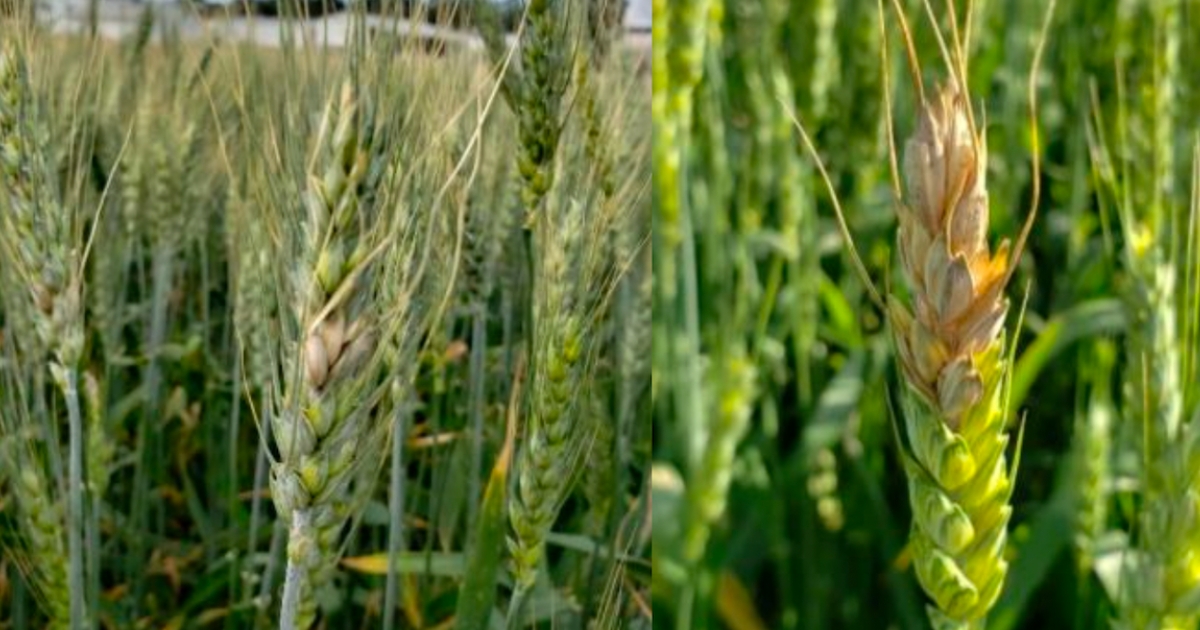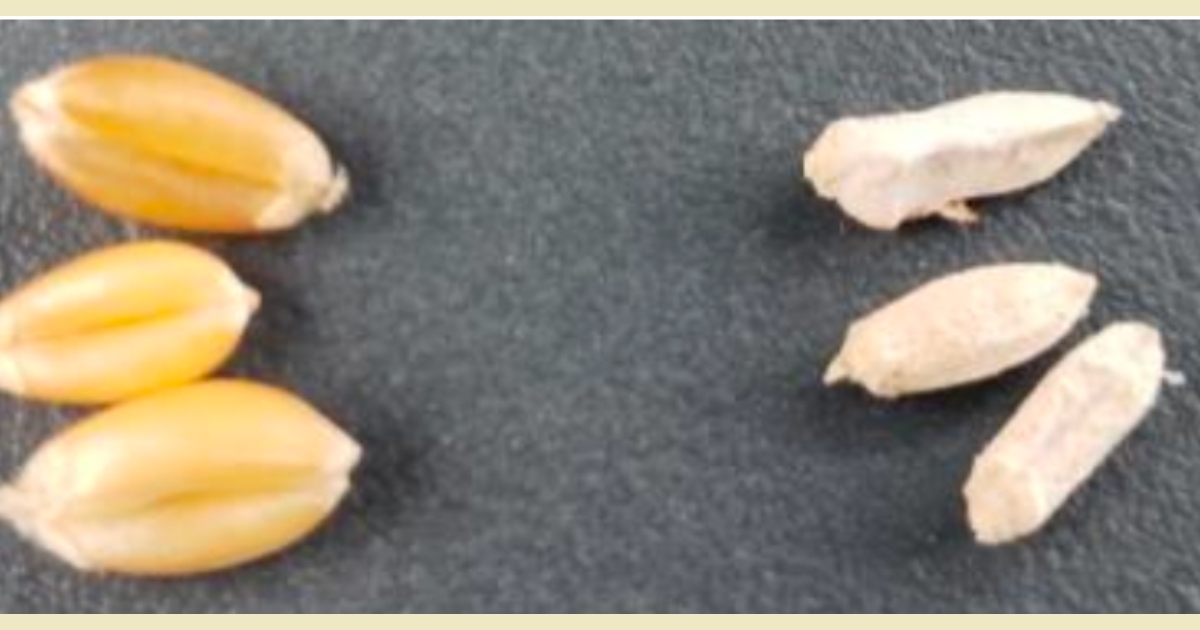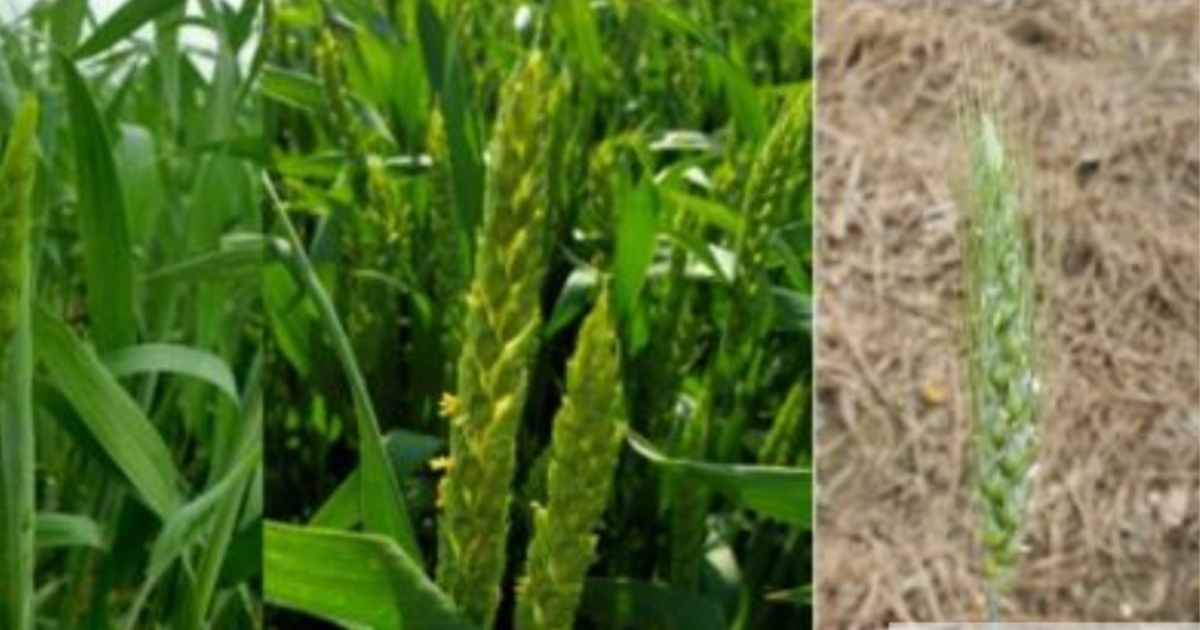
Fact Sheets And Publications
- Health & Well-being
-
Agricultural Programs
- Agribusiness
- Animal Science
- Beginning Farmer Program
- Commercial Crops
- Commericial Horticulture
- Delaware Soil Testing Program
- Disease Management
- Farm Vitality and Health Project
- Irrigation
- Nutrient Management
-
Insect Pest Management
- Insect Trapping Program
- IPM Hot Topics
- Commercial Field Crop Insect Management
- Commercial Field Crop Disease Management
- Commercial Fruit & Vegetable Crop Pest Management
- EIPM Implementation Projects
- Pollinators
- Research and Extension Demonstration Results
- Brown Marmorated Stink Bug (BMSB) Management, Research, and Resources
- Publications
- Pesticide Safety Education Program
- UD Plant Diagnostic Clinic
- Variety Trials
- Weed Science
- Certified Crop Advisor Program
- Poultry Biosecurity
- 4-H
-
Horticulture
- Climate Variability and Change
- Delaware Soil Testing Program
- Forestry
- Lawn and Garden
- Master Gardeners
- Master Naturalist Program
-
Nutrient Management
- Nutrient Management Certification
- Continuing Education for Nutrient Management
- Nutrient Management Planning Resources
- Commercial Nutrient Handler Resources
- Poultry Litter and Manure Management
- Turf Management
- Agriculture Notebook
- Horticulture Handbook
- Agriculture & Horticulture Handbooks
- Crop Production
- Soil Fertility
- Delaware Climate Change Coordination Initiative (DECCCI)
- Salt Impacted Agricultural Lands

Fusarium Head Blight
May 2025 | Written by: Joseph Cinderella and Dr. Alyssa K. Betts
Pest Background
- FHB, or scab, affects wheat, barley, oats, corn, and other grasses.
- Fusarium graminearum (syn. Gibberella zeae) is favored by warm, humid conditions during flowering and early kernel development.
- In addition to yield losses, this fungus produces mycotoxins such as deoxynivalenol (DON) that can accumulate in grain.
Identification
- FHB symptoms include bleached spikelets (Fig 1A) first visible 18-21 days after flowering.
- Spores may be visible on infected spikelets as pink or orange spore masses (Fig 1B).
- Infected grains may shrink and wrinkle, producing tombstone-like kernels which can be pink, gray, and light brown (Fig 2).



Management
- Spikelets are most susceptible at early flowering (Feekes 10.5.1) when anthers emerge. Weather conditions leading up to and following anthesis greatly impact disease development.
- Monitor risk at wheatscab.psu.edu.
- An integrated management approach is best.
- Moderately resistant wheat varieties are available.
- Corn is the most common rotation partner of small grains in the region and a host of F. graminearum. Minimizing corn or wheat residues and rotating to a non-host crop when possible, helps to reduce pathogen survival over winter.
- Fungicides are most effective in reducing FHB and DON when applied at anthesis (Feekes 10.5.1) but may be applied up to 7 days after flowering (Fig 3).
References
Crop Protection Network (2022, January 28). Fusarium Head Blight of Wheat. Retrieved from: https://cropprotectionnetwork.org/ encyclopedia/fusarium-head-blight- of- wheat
Authors: Joseph Cinderella and Dr. Alyssa Koehler
UD Cooperative Extension
This institution is an equal opportunity provider.
In accordance with Federal law and U.S. Department of Agriculture policy, Cooperative Extension is prohibited from discriminating on the basis of race, color, national origin, sex, age, or disability.
The University of Delaware is an Equal Opportunity Institution and Provider. Visit UD’s Office of Equity & Inclusion to learn more.
Additional Links
531 South College Avenue Newark, DE 19716 (302) 831-2501
